Cecilia Bengolea brings Jamaican dancehall to Art Basel
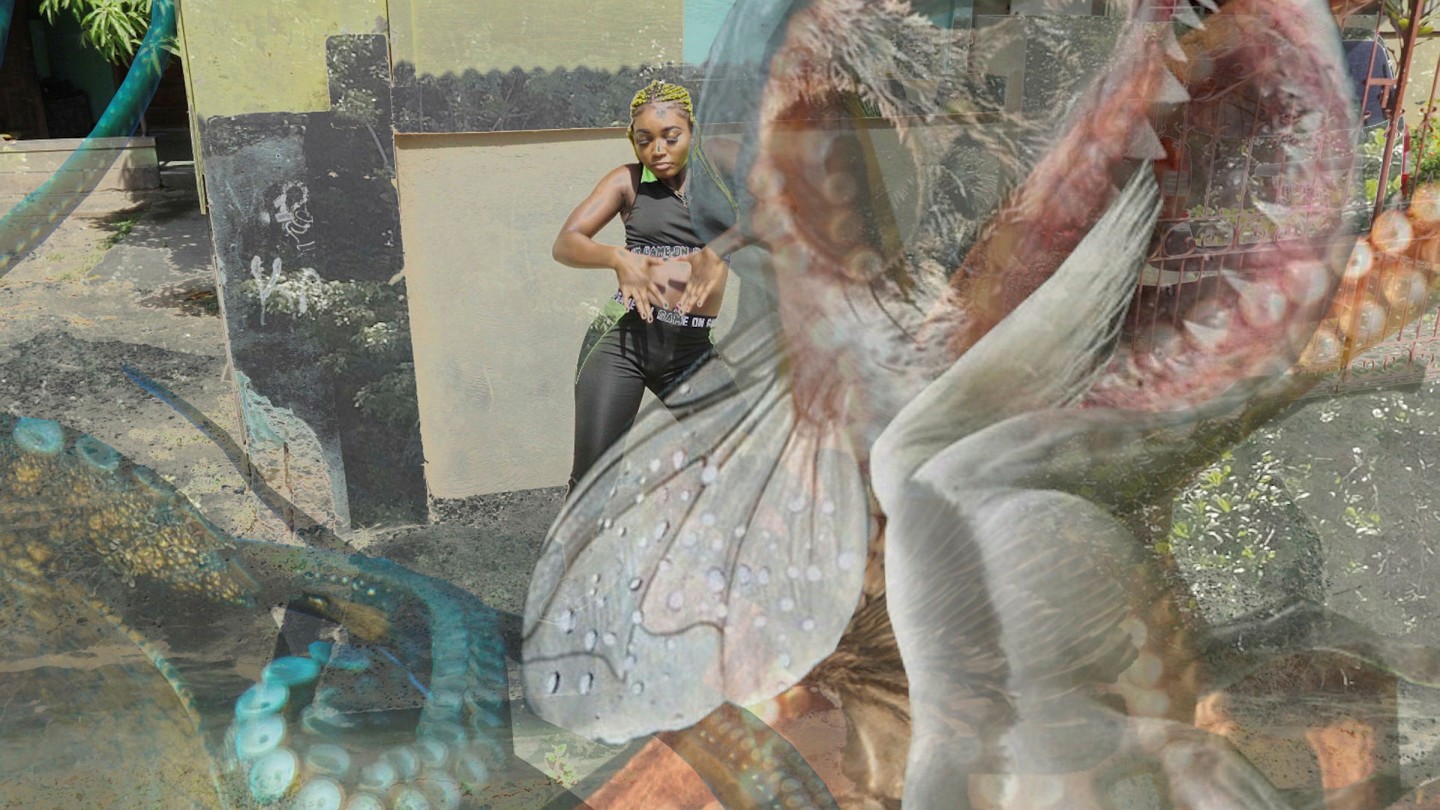
Roula Khalaf, Editor of the FT, selects her favourite stories in this weekly newsletter.
Bodies moving together, floating on water, bouncing to a dancehall beat: that’s the illusion Argentine performance artist and choreographer Cecilia Bengolea hopes to create with her works at Art Basel next week. She also wants visitors to the fair to get involved. “I’m sharing my practice of dance through a series of performances and inviting the audience to join in,” she says over email. “Dancehall artists are amazing teachers and can make people feel transformed.”
The Messeplatz outside the conference centre that houses the fair is a vivid display space for installations of all kinds; this year, celebrating the return of the physical fair, live performance is to the fore. The multidisciplinary artist will present an installation that encapsulates her unique approach to melding video, choreography and sculpture alongside her longstanding exploration of Jamaica’s dancehall culture.
In one part of the artwork, Bengolea and her collaborators will perform a routine on a platform built over the Messeplatz’s fountain, giving the impression of a dance on water. In another, two dancers — the Ukrainian Katrin Wow and the Jamaican Damion BG — will deliver a scripted conversation in the space, exploring their contrasting perspectives on dancehall: the former considers it a spiritual practice, the latter entertainment.
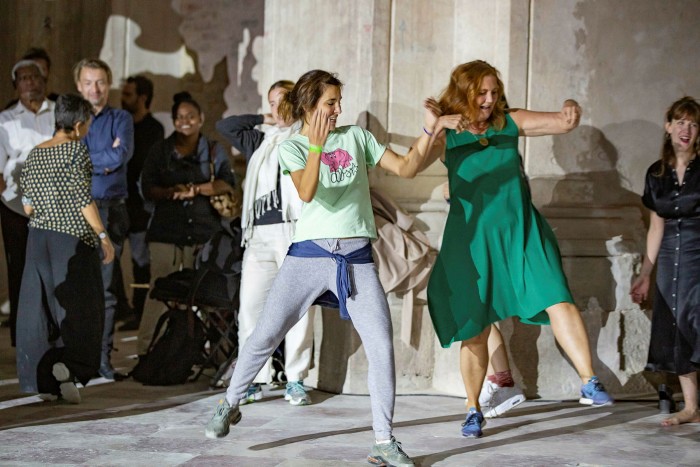
Born in Buenos Aires in 1979, Bengolea embraced dance in her youth, taking jazz dance lessons at age 12. She says she studied “archaic ritual dances” from South America, but it wasn’t until she visited Jamaica in 2014 that she began to mesh these teachings with the urban moves she encountered there. She came to specialise in one of Jamaica’s emblematic cultural forms from an interest in “dances which have a social function”; for her, the street and ritual dances in Jamaica “transform a community by practising music and dance together”.
“Behind each step there is a signification, all the moves have names,” she says. “Jamaican dancers are very inclusive, allowing people from the rest of the world to use their creations. Every audience, even if they don’t know dancehall, can understand the humour behind it, as well as the depth and melancholy.”
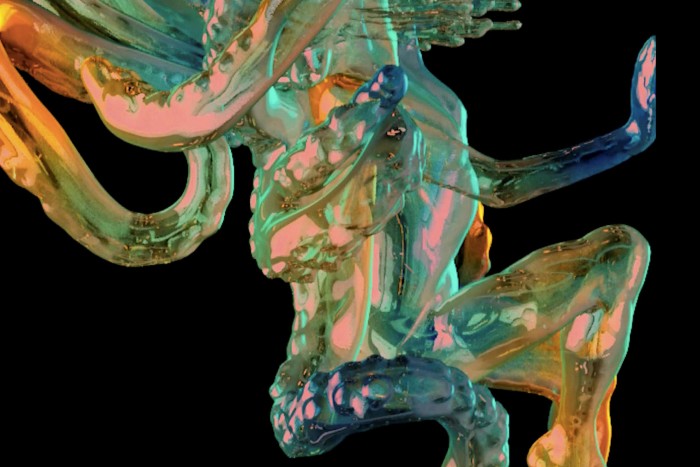
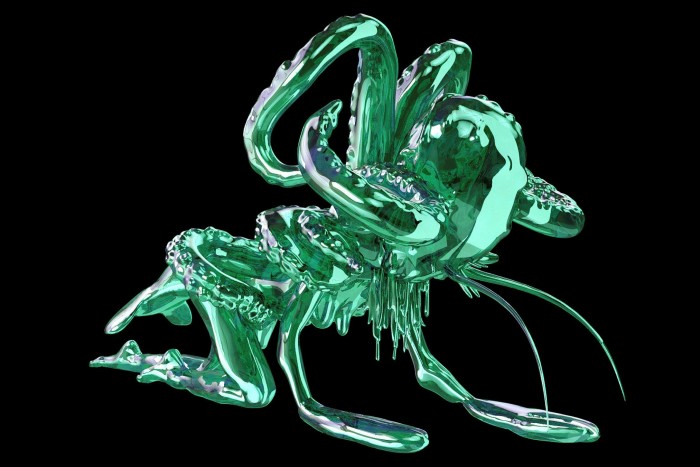
Dancehall developed from reggae in the 1970s, with bold beats and explicit moves gaining global popularity. For Bengolea, it represents something visceral in Jamaican culture, where the values of the body politic are examined through the politics of the body.
A further part of the artwork is a triptych of Bengolea’s videos, presented on vertical screens hovering above the fountain. Unable to attend the fair, I attempt to recreate the triptych on my small laptop screen from files sent by Bengolea. At once, the rhythmic relationship between Jamaican community and nature becomes apparent.
“Dancehall Weather” splices together footage of street dancers with the island’s scenery — a gyrating figure becomes translucent, morphing into a verdant background. In the video collage “Synchronised Serpent”, writhing members of Jamaica’s synchronised swimming team mirror slithering sea creatures overlaid on their bodies. These videos offer “a dialogue between the dance movements and nature, floods and the humidity of the Caribbean”, Bengolea says.
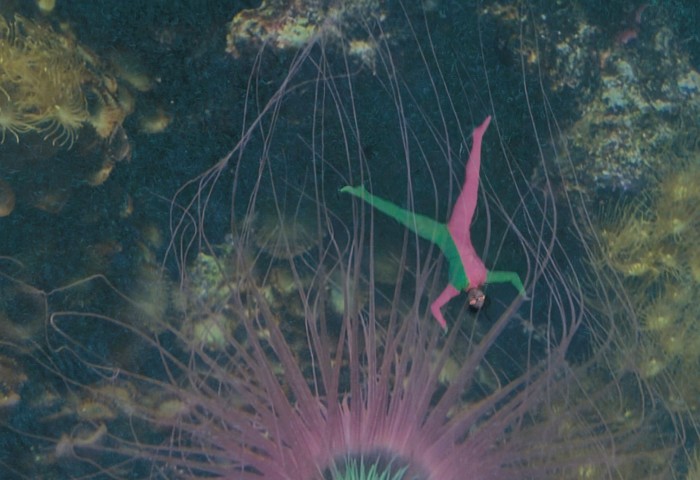
Despite my limited hardware, watching the videos I begin to understand the visceral connections Bengolea draws between habitat, organisms and human bodies, which are in constant conversation, sharing a common rhythm, merging through movement. On dancing on the fountain at Art Basel, she says: “We always dance in natural landscapes. We want to relate to the element of water.” It is easy to imagine these ideas around the dissolving of parameters between the corporeal and the spiritual, the fixed and the fluid, becoming quite electric when witnessed in situ.
A performance about the fluency of bodies inevitably encourages us to reflect on a changing relationship with our own, especially during the pandemic. Through this lens, Bengolea’s installation exudes an escapism, a vision of transcendence and invincibility after a period of physical inertia. Our bodies have limitations that she appears to reject through her shape-shifting creations.
Perhaps that is the point. Bengolea’s choreographed bodies have their own language with a limitless vocabulary, which she has based on dancehall’s rhythms. “Jamaican dancers create infinite steps, like a Babel library in constant expansion,” she says, comparing their inexhaustible rhythms to Jorge Luis Borges’s short story The Library of Babel, which imagines an almost-infinite library. Bengolea’s work augments this vision with animated figures that identify with the fluidity of water. Through dance, this concept of the boundless possibilities of movement, our bodies in endless flow, is both freeing and fathomable.
Cecilia Bengolea’s Art Basel performances take place on September 21, 22 and 24 at 6pm-7pm in the Messeplatz, Basel

Comments